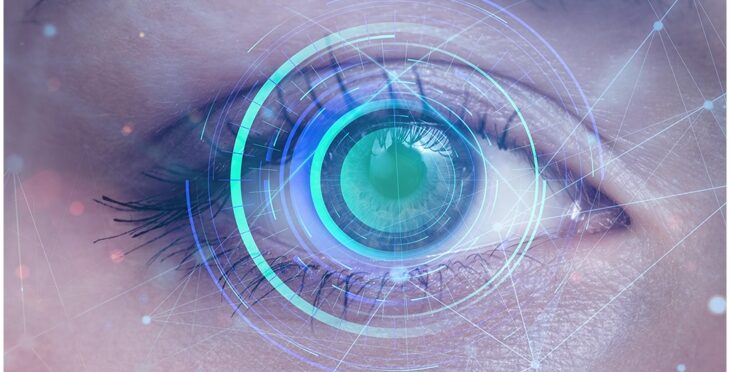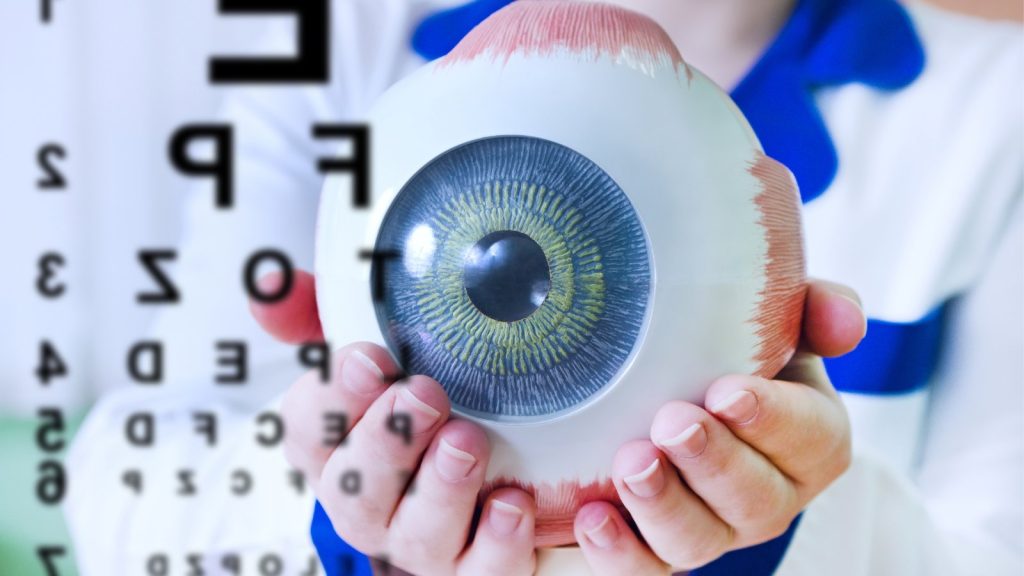The Function of Advanced Diagnostic Equipment in Identifying Eye Disorders
In the realm of ophthalmology, the usage of advanced analysis devices has actually transformed the very early recognition and administration of different eye disorders. From detecting refined modifications in the optic nerve to keeping an eye on the progression of retinal diseases, these innovations play a critical function in enhancing the precision and effectiveness of identifying ocular conditions. As the demand for accurate and timely diagnoses remains to grow, the integration of cutting-edge devices like optical coherence tomography and aesthetic field testing has actually become indispensable in the world of eye care. The detailed interaction between modern technology and ophthalmic techniques not only clarifies detailed pathologies but likewise opens up doors to tailored therapy strategies.
Significance of Very Early Medical Diagnosis
Early medical diagnosis plays a pivotal function in the reliable management and therapy of eye problems. Timely identification of eye conditions is critical as it enables for punctual intervention, possibly protecting against additional development of the condition and reducing long-lasting difficulties. By spotting eye conditions at an onset, doctor can supply appropriate treatment plans customized to the details condition, ultimately causing far better end results for patients. Very early diagnosis enables patients to access necessary support services and resources quicker, improving their overall quality of life.

Innovation for Detecting Glaucoma
Advanced analysis technologies play a vital role in the early discovery and monitoring of glaucoma, a leading cause of permanent blindness worldwide. One such technology is optical comprehensibility tomography (OCT), which gives in-depth cross-sectional photos of the retina, allowing for the dimension of retinal nerve fiber layer density. This measurement is necessary in analyzing damages triggered by glaucoma. One more innovative device is aesthetic area screening, which maps the level of sensitivity of an individual's aesthetic field, helping to spot any kind of areas of vision loss attribute of glaucoma. In addition, tonometry is used to gauge intraocular stress, a major threat factor for glaucoma. This test is vital as raised intraocular stress can bring about optic nerve damage. Moreover, more recent innovations like making use of artificial intelligence formulas in analyzing imaging data are revealing appealing lead to the very early detection of glaucoma. These sophisticated diagnostic devices enable ophthalmologists to identify glaucoma in its onset, permitting for prompt treatment and better monitoring of the illness to prevent vision loss.
Function of Optical Coherence Tomography

OCT's capacity to measure retinal nerve fiber layer density allows for specific and objective dimensions, aiding in the very early detection of glaucoma even before visual area issues become apparent. Generally, OCT plays an essential role in boosting the analysis precision and administration of glaucoma, ultimately adding to better outcomes for people at threat of vision loss.
Enhancing Medical Diagnosis With Visual Field Screening
An essential part in detailed sensory evaluations, visual area testing plays a critical function in enhancing the analysis process for numerous eye disorders. By examining the full degree of a person's aesthetic field, this test offers crucial information about the practical integrity of the whole visual path, from the retina to the aesthetic cortex.
Visual area testing is particularly important in the medical diagnosis and management of conditions such as glaucoma, optic nerve conditions, and various neurological diseases that can affect vision. With quantitative dimensions of peripheral and central vision, clinicians can spot subtle changes that may indicate the presence or development of these problems, also before recognizable symptoms occur.
Furthermore, visual field screening enables the surveillance of therapy efficiency, aiding ophthalmologists customize therapeutic interventions to individual people. eyecare near me. By tracking changes in aesthetic area efficiency with time, doctor can make educated choices regarding changing medicines, advising surgical interventions, or carrying out various other appropriate procedures to protect or enhance a client's visual function
Taking Care Of Macular Deterioration

Conclusion
In conclusion, advanced diagnostic devices play a vital duty in recognizing eye disorders early on. Technologies such as Optical Coherence Tomography and aesthetic field testing have substantially improved the accuracy and effectiveness of diagnosing problems see post like glaucoma and macular degeneration.